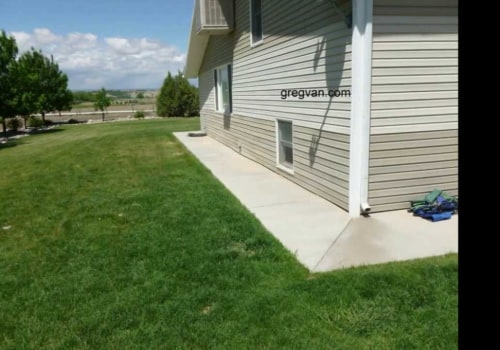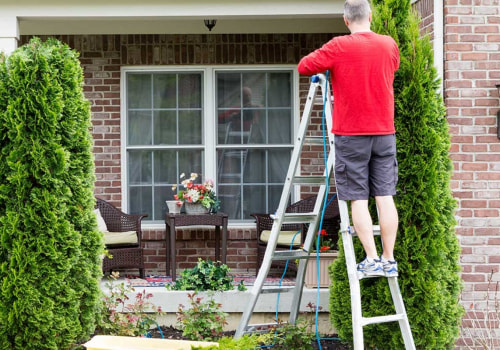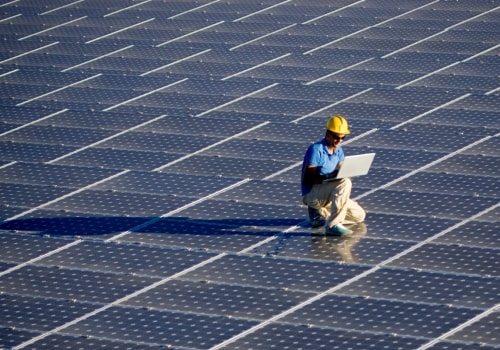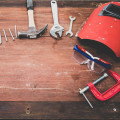Consider customizing your home with new paint and floors. Check smoke alarms, carbon monoxide alarms, and circuit breakers on a monthly basis. Annually inspect your deck for loose boards, rotting wood, and rusty fasteners and hardware. Check windows for peeling paint and wood.
Emergencies tend to be the most shocking because they are premature. The first step in fixing home repair costs is to plan. You can avoid big expenses by allocating one project per month. For example, you could set aside funds in March to replace a pool heater and replace your heating unit in August.
Proper planning can help prevent emergencies and, at the same time, continue to improve the condition of your home. Something that isn't an emergency today could turn into an emergency tomorrow. It's much easier to deal with it now, although it's not a big deal. If your property has any trees, have a certified arborist inspect them, who can check for signs of disease or dead branches and detect problems before they worsen and kill a tree.
The untrained eye could miss signs of damage, and a dead or dying tree poses a danger to your safety, home, and neighboring properties. Even if you don't use the chimney regularly, the chimney still needs regular monitoring. A chimney transports hazardous gases from the fireplace, wood stove, or oven outside your home, helping to keep indoor air breathable. According to the Chimney Safety Institute of America, your chimney should be inspected annually and cleaned regularly based on how often you use it.
Once the leaves fall, call your gutter company to clean and inspect them. Any repairs that need to be done to gutters or downspouts must be done before winter arrives. Your workers should also inspect the roof for loose or broken shingles. Schedule work before heavy snowfall, which could leave frozen leaves and debris in gutters, faucets, and hoses.
Before the first freeze, drain and turn off the outside faucets so they don't freeze. Roll up the hoses and store them for the winter. Have Your Furnace and Ducts Serviced. A clean system will be more energy efficient and an inspection will alert you to problems.
Check and replace air filters, as needed. Test the thermostat to make sure it works properly. Make sure that the heating grilles are open and that nothing blocks them. If you didn't clean and inspect your chimney in the spring, call a chimney sweep now and do it before you start using the chimney or oven.
Clothes dryers cause 2,900 fires a year, and many fires occur in the fall and winter, according to the U.S. Fire Administration. Lint is a major culprit, so an HVAC specialist who specializes in dryer vents or ducts inspects and cleans annually. Even if repairs are substantial, spring is the best time to fix them.
As Jack Cottrell of Colorado roofing company Jack the Roofer states, “Spring is the time when most homeowners catch up on their finances, file their tax returns and get their tax refunds, making it easy to finance home improvement projects. Clean and inspect your basement for moisture leaks or cracks. Test the sump pump to make sure it works properly. Call a basement repair expert to repair any damage.
When buying a home, you should view the projected repair costs as part of the total price. The best way to achieve this is to calculate an additional 1-3% of the mortgage and start saving that amount each year to have a cushion for routine maintenance or unexpected projects. Use this home maintenance checklist to schedule seasonal upgrades, repairs, cleaning, and a handful of monthly tasks. Home Maintenance can seem like a daunting task, especially for a new homeowner who has never seen a boiler up close, let alone a depleted one.
When the sun rises and the warm weather is finally here to stay, the last thing you need to worry about is maintaining your home. Homes require internal and external maintenance with regular cleanings and inspections to ensure everything is safe and functional. Most financial advisors recommend that you allocate between one and four percent of your income each year for home repairs and maintenance. Before planning a budget for home maintenance and repairs, it's important to first know what that entails.
In these cases, it's helpful to have a spring home maintenance checklist that you can review with your customers. To avoid larger and more costly repairs, continue with your basic home maintenance projects, which could cost you a little now, but it will most likely save you from a big bill later on. Taking the time to update your home and attend to any maintenance needs before you move can save you time and money later on. In many regions, autumn is the perfect season to tackle general home maintenance projects because the climate is generally dry and temperatures are moderate.
If any of the home repairs and maintenance go beyond your skill level or lead to more complicated projects, consider hiring a professional to help you. While an older home may have a lower initial cost, the additional repairs and maintenance that are needed can add up. If you have a home maintenance need that requires a contractor, consider spending a little more for quality service. In addition to performing routine maintenance when you're in a home, one of the best ways to avoid unexpected repairs is to do a proper home inspection before closing the deal on a new home.
Schedule time for monthly and seasonal maintenance tasks to keep your home shiny and prevent errors and damage from first-time homeowners. . .












Leave a Comment